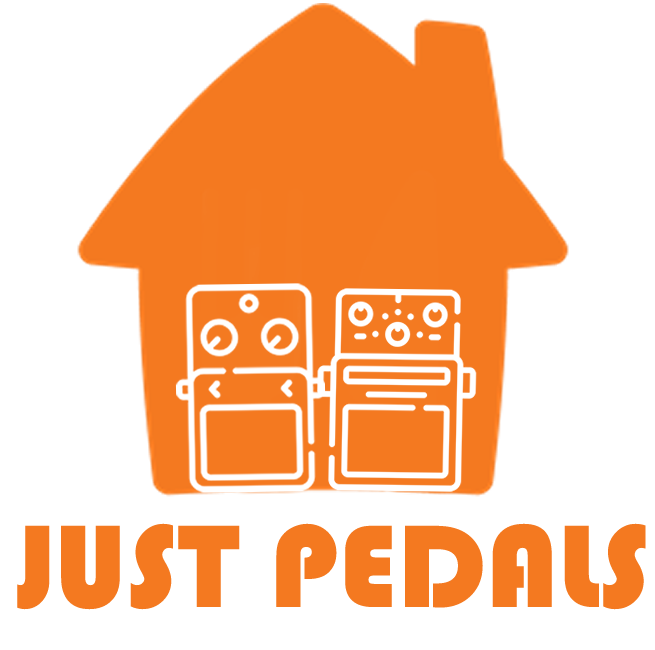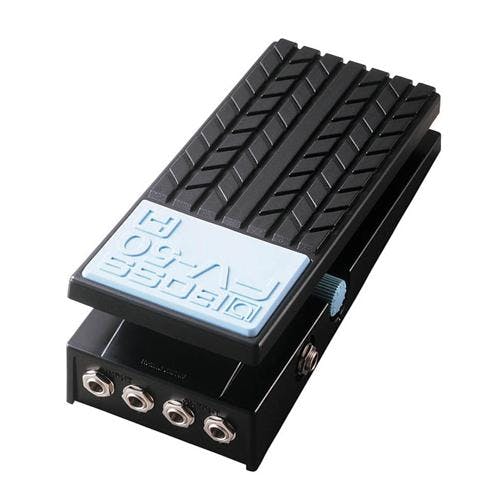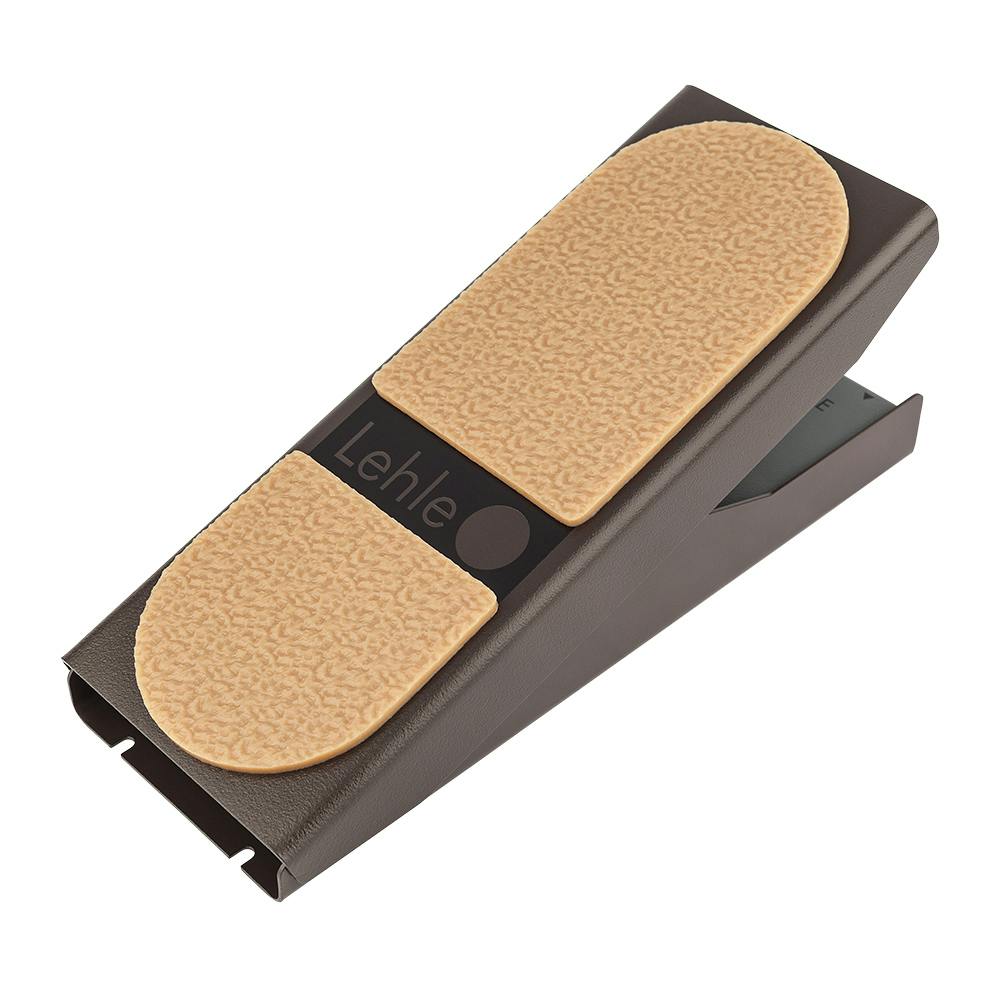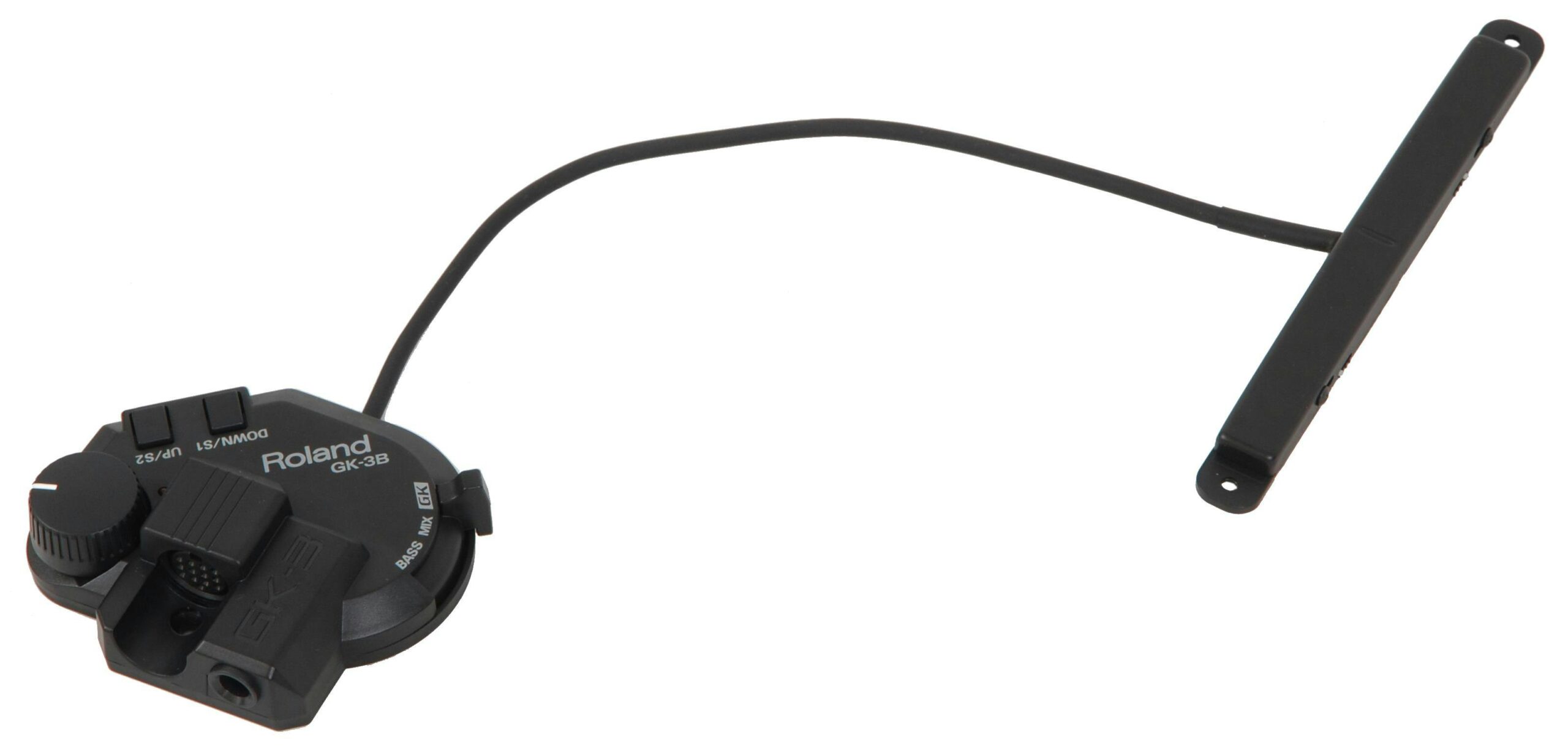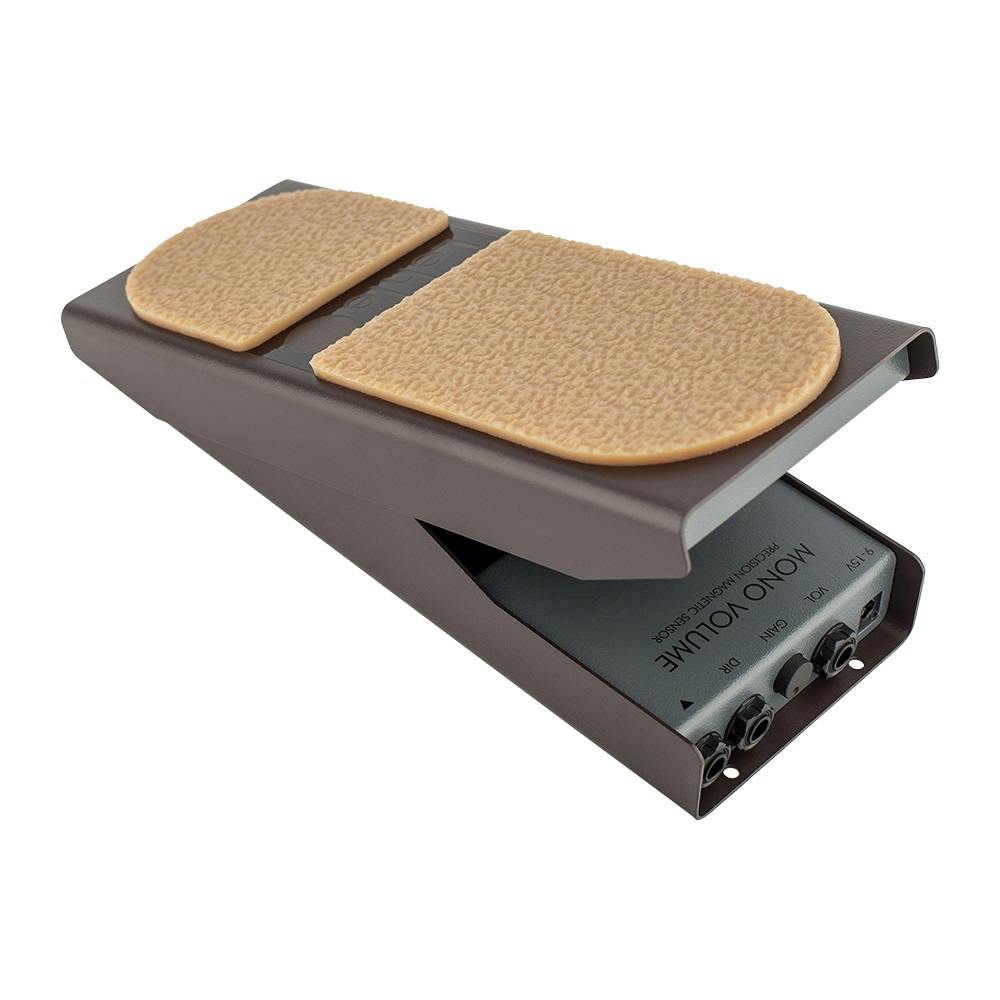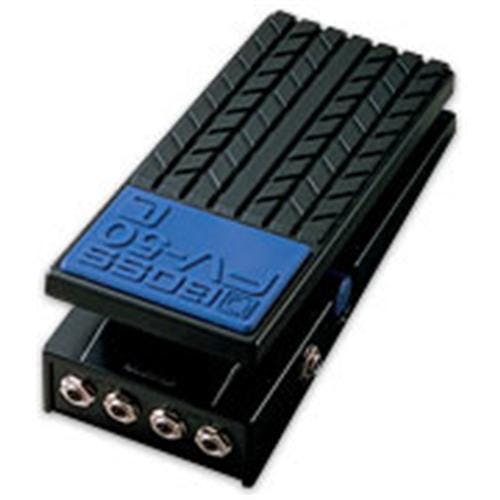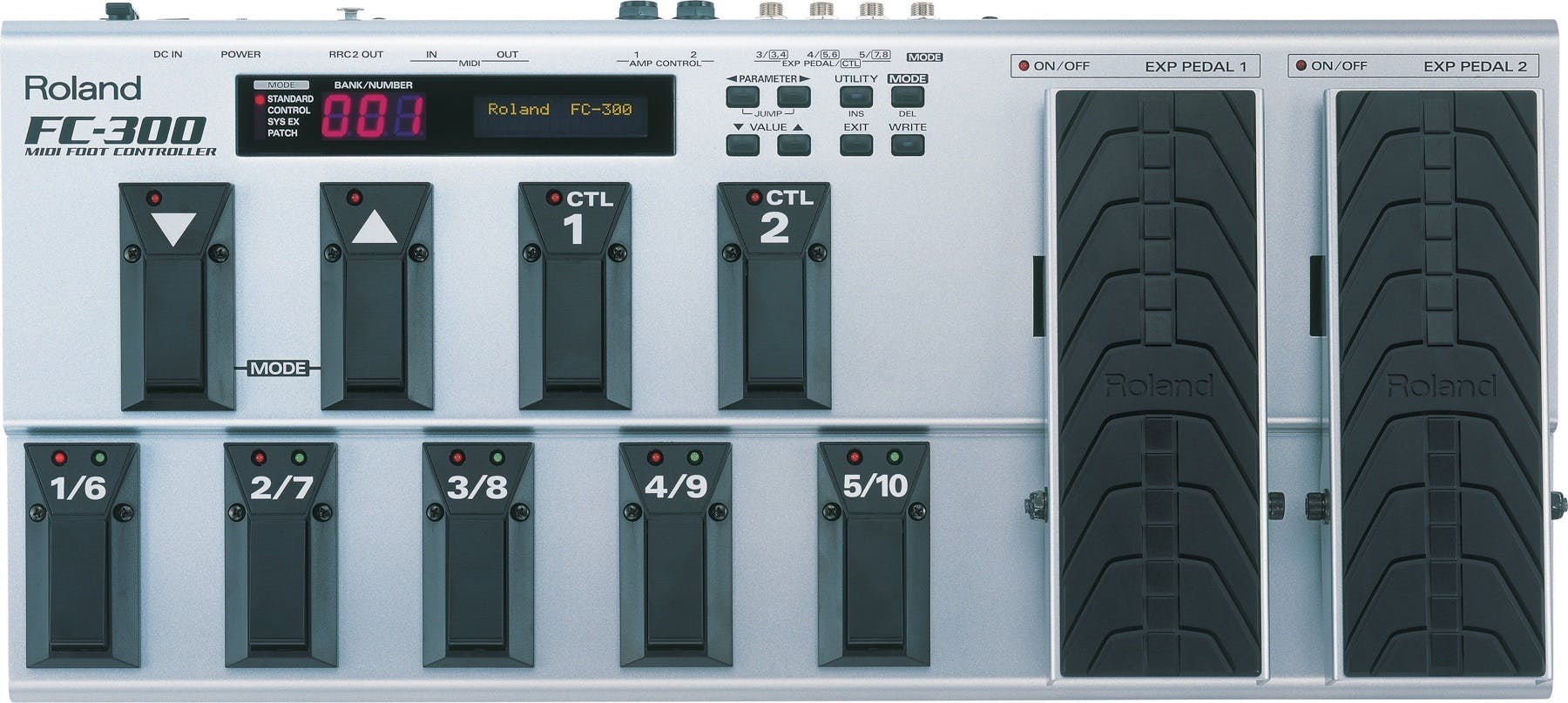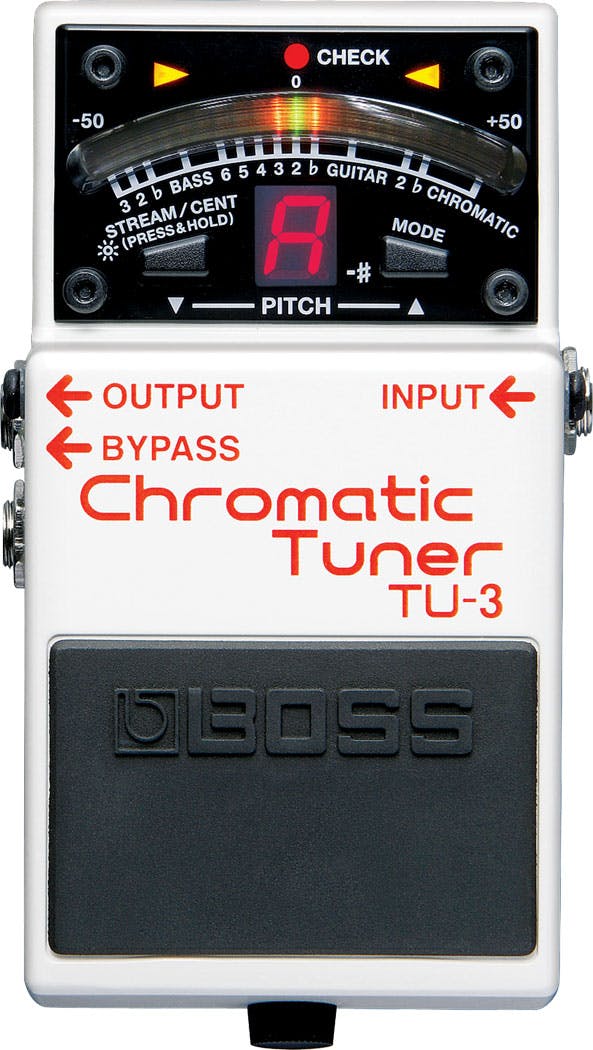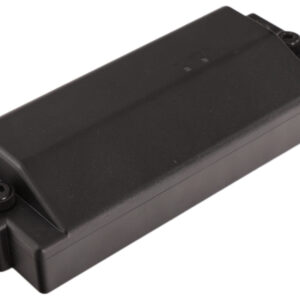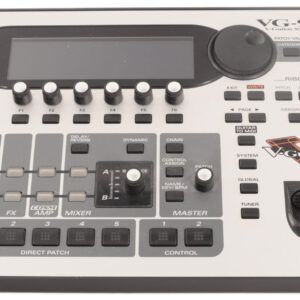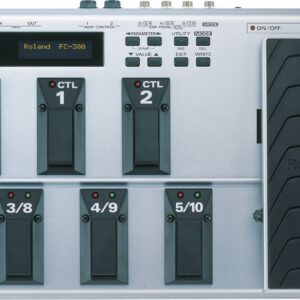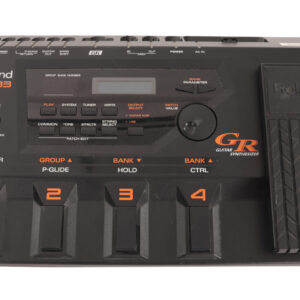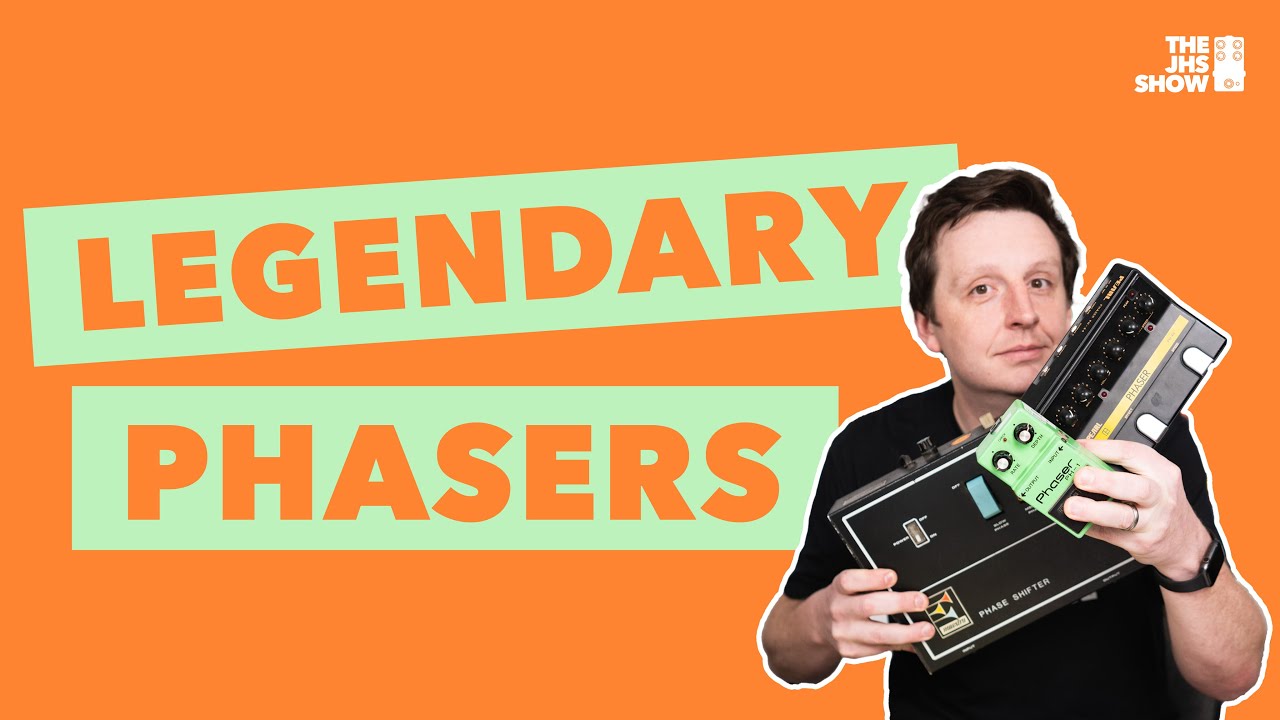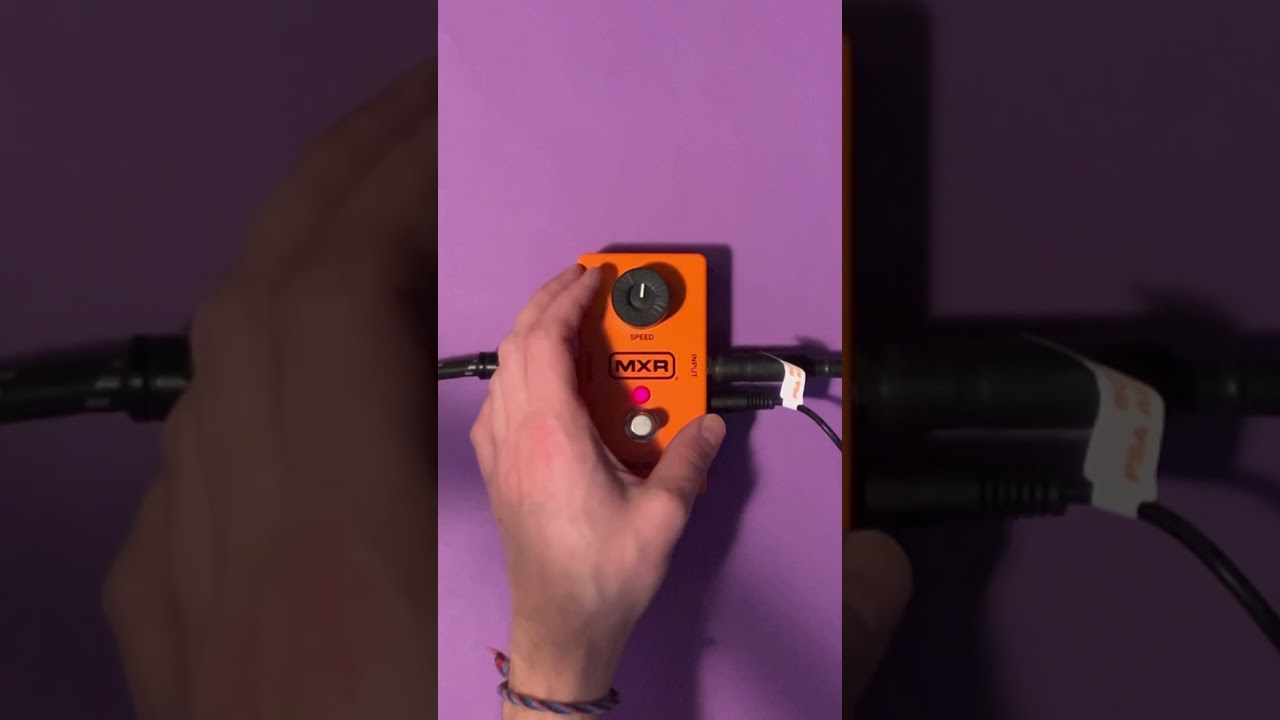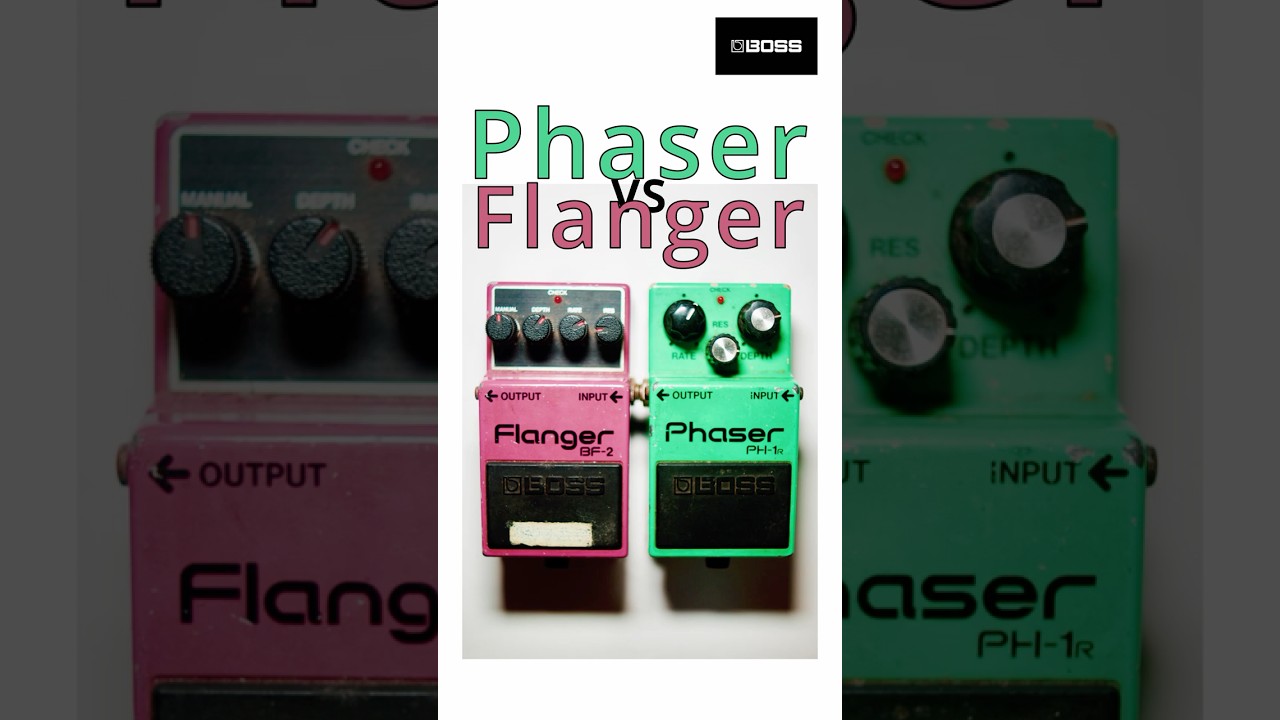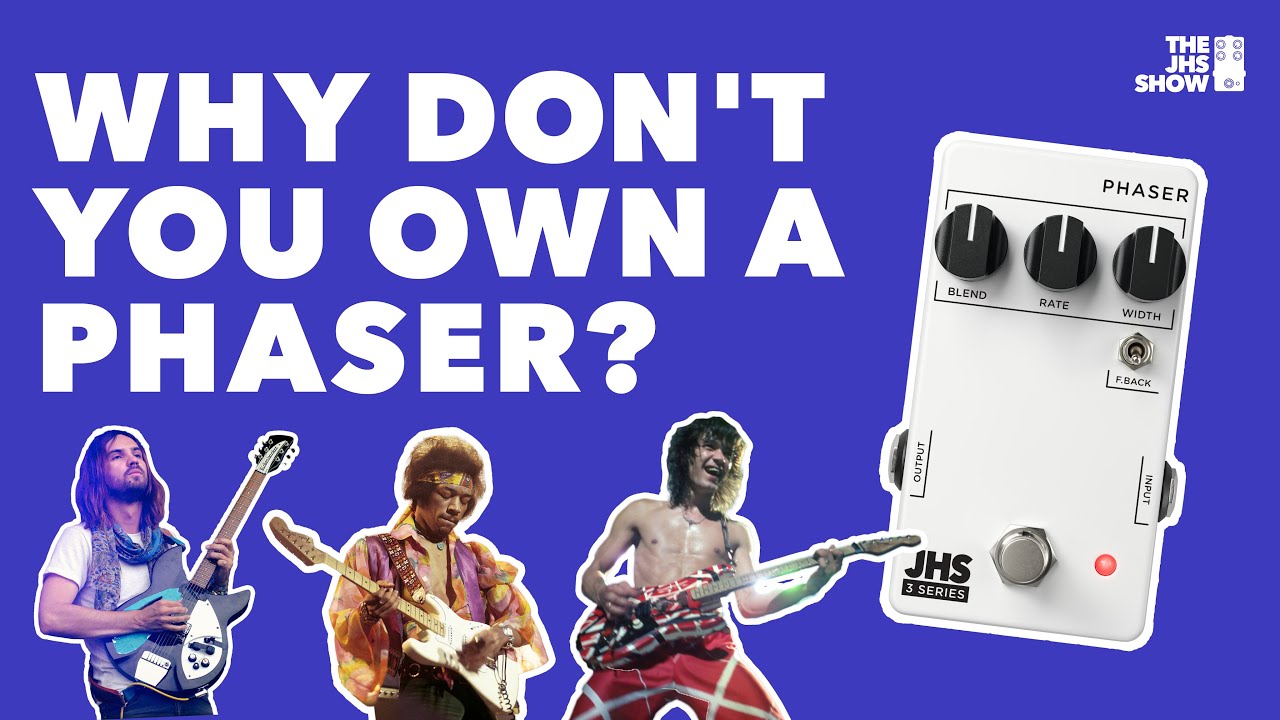Description
The Roland FV50H Guitar & Bass Volume Pedal is currently retailing at £84.99 and it is in stock. Available to be delivered to you by post direct (some charge may apply).The team at Just Pedals think that Roland nailed it with the Roland FV50H Guitar & Bass Volume Pedal.
Roland FV50H Guitar & Bass Volume Pedal
Create “violin” effects on your guitar or bass using this rock-steady volume pedal from Boss. Designed specifically with a high impedance output to emulate the unbuffered output of a guitar. The FV50H is designed to be placed before other effects pedals in your pedal chain.
The FV-50H is a stereo volume pedal that can be used for electric guitar or bass. The high impedance FV-50H is designed to be connected before guitar effect units in the signal chain.
Stereo Volume Pedal Features
- High-impedance FV-50H designed for connection before guitar effects units
- Minimum Volume knob lets users set minimum volume as desired
- Convenient Tuner Out jack enables speedy tuning on stage
Specifications
- Connectors: Input x 2, Output x 2, Tuner Out
- Width: 86 mm, 3-7/16 inches
- Depth: 200 mm, 7-7/8 inches
- Height: 54 mm, 2-1/8 inches
- Weight: 0.4 kg, 0 lbs. 15 oz
We have new and used Roland musical equipment available on our website for fast direct delivery from sellers across the UK & Europe.
Roland Corporation is a leading manufacturer of electronic musical instruments, audio equipment, and music production gear, renowned for its innovative products and cutting-edge technology. Founded in 1972 by Ikutaro Kakehashi, Roland has become a dominant force in the music industry, with a wide range of products that cater to musicians, producers, and audio enthusiasts worldwide.
Among Roland’s product lineup, their synthesizers and electronic keyboards stand out as some of the most influential and widely used in the world. From classic analog synths like the Roland Juno and Roland Jupiter series to modern digital workstations like the Roland Fantom and Roland FA series, Roland synthesizers offer musicians a wealth of sonic possibilities and creative tools.
In addition to synthesizers, Roland produces a variety of electronic drums, digital pianos, guitar synthesizers, and MIDI controllers, as well as a range of audio interfaces, studio monitors, and recording equipment designed for music production and performance.
With a legacy of innovation, quality, and reliability, Roland continues to be a trusted name in the music industry, providing musicians and producers with cutting-edge technology and inspiring tools to fuel their creativity.
Just Pedals is a new Guitar Effect Pedals Marketplace – We feature new and used Guitar Effect pedals from different sellers, to purchase online from the UK.
Volume in the context of guitar effects refers to the control of the overall signal output level of an instrument or pedal. It can be adjusted at various points in the signal chain, including the guitar’s volume knob, pedals, amplifiers, and mixers, to manage how loud or soft the sound is.
Volume pedals are a common type of effects pedal used to adjust the signal level in real time, offering musicians hands-free control over their sound. These pedals, such as the Ernie Ball VP Jr. and Boss FV-500H, allow players to increase or decrease the volume smoothly during performances, offering dynamic control over parts of a song without needing to manually adjust amp settings or switch between different levels. Additionally, some overdrive or boost pedals incorporate volume controls to allow for clean or saturated tones at varying loudness levels, making volume a critical tool for expression and tone shaping in music.
Just the latest videos
Just related products
8% Off £113.00 £104.48
For 14 years, the famous BOSS FV-300 served as an industry-standard volume pedal, today the bar has been raised with BOSS’s FV-500H and FV-500L pedals. These tank-tough diecast pedals are designed to meet the needs of the most demanding customers. FV…
read more
£97.26
Volume pedal with tuner out output High-ohmic version e.g. for guitar/bass, Regulator for adjusting the minimum volume 2 x 6.3 mm jack output / 2 x 6.3 jack input Keepdrum jack cable
£125.72
Designed for connection before guitar effects units. Minimum Volume knob lets users set minimum volume as desired. Convenient Tuner Out jack enables speedy tuning on stage.
